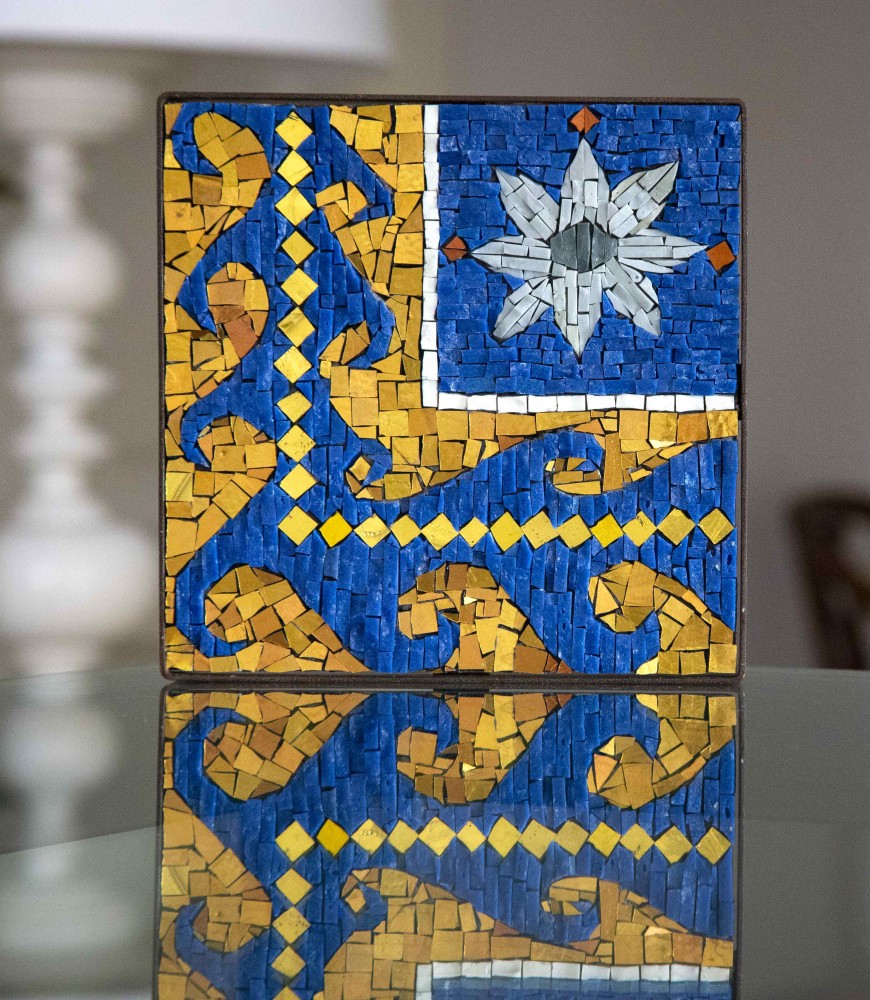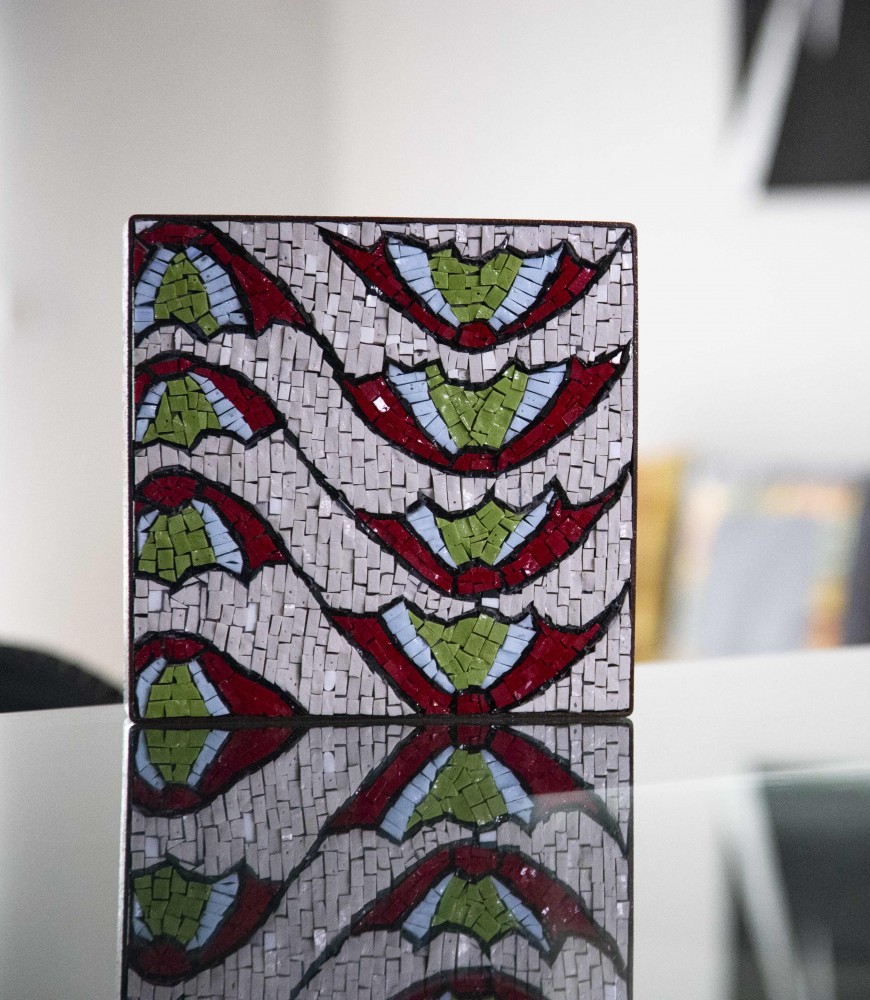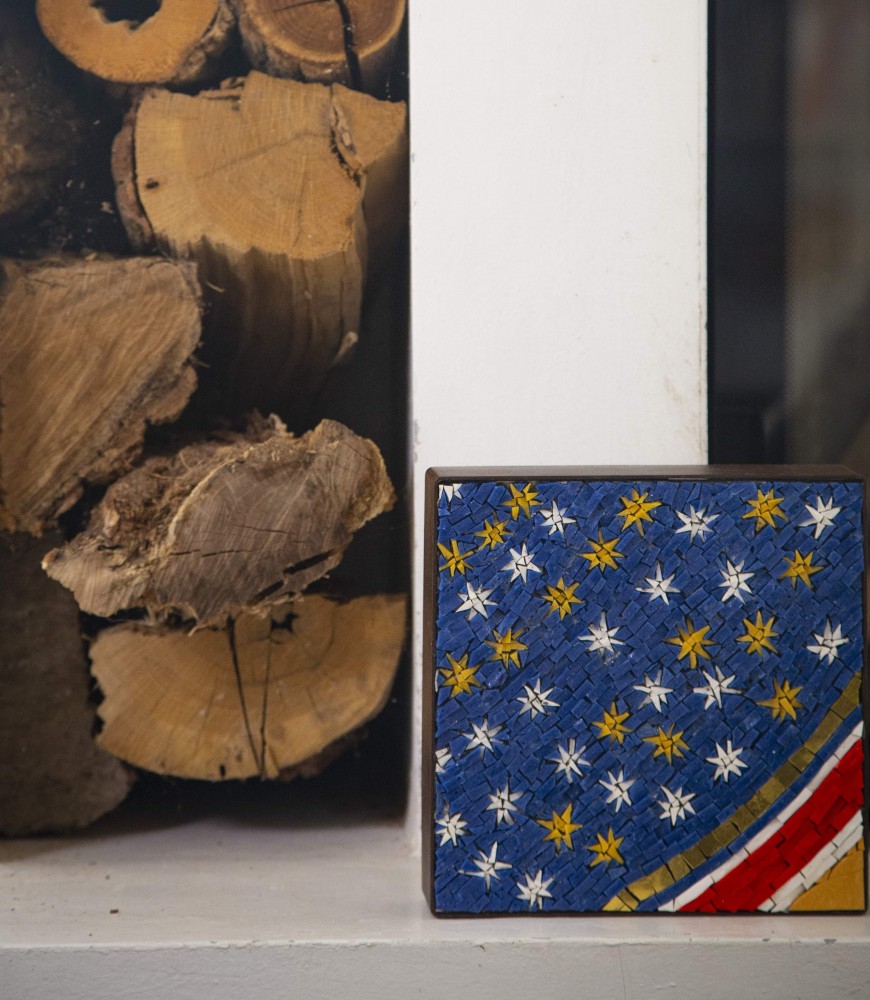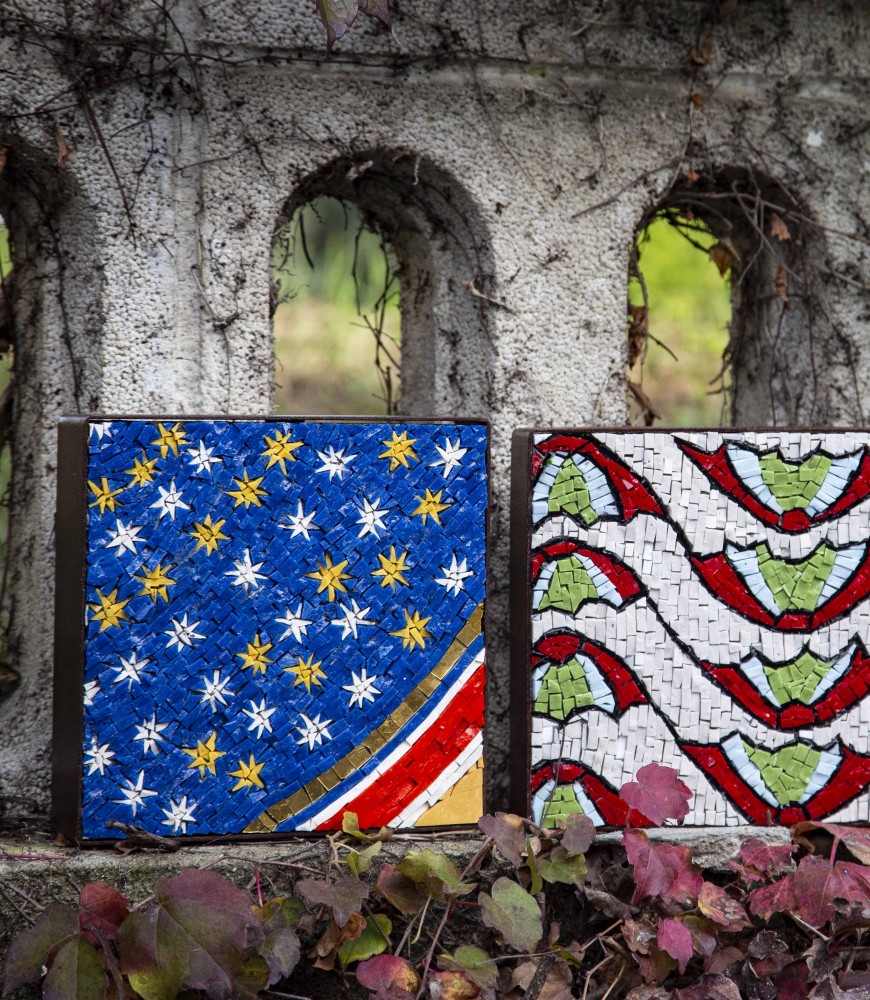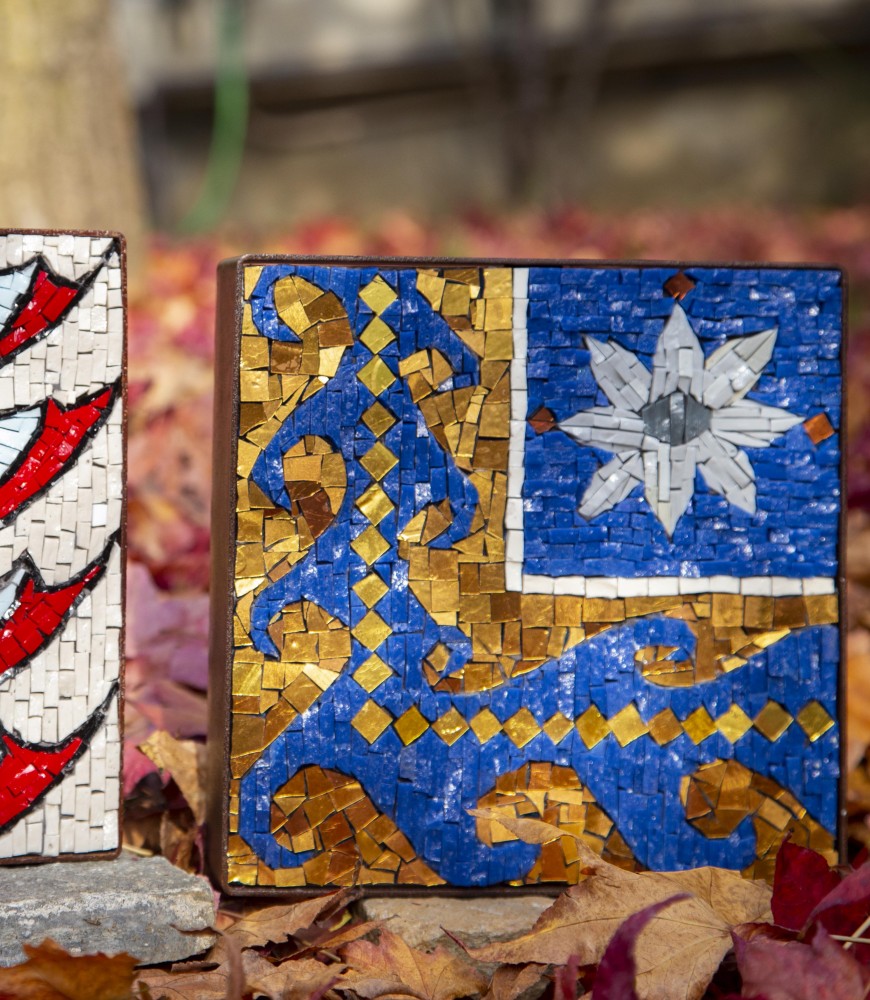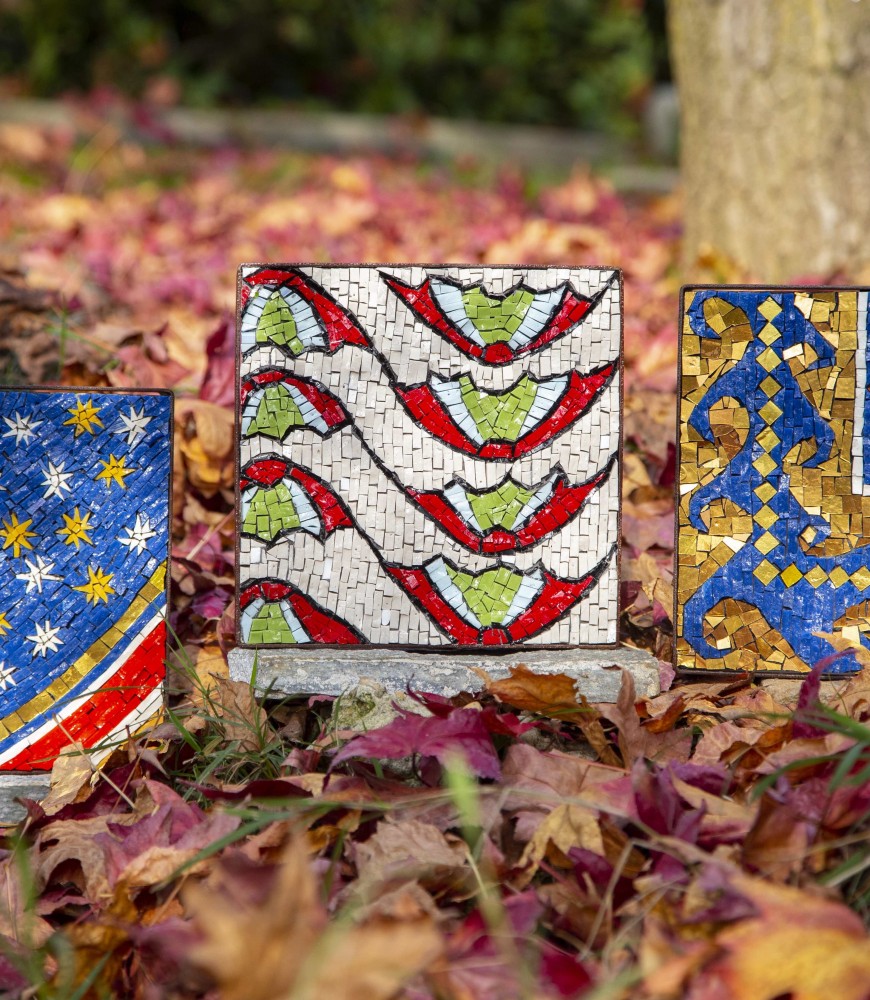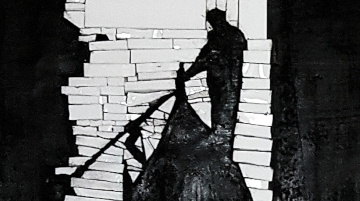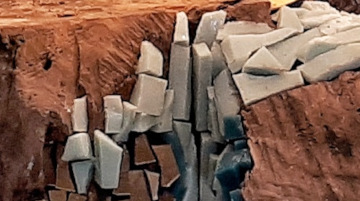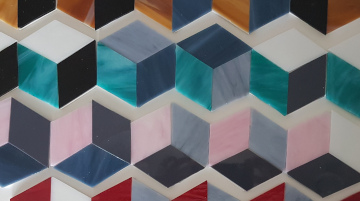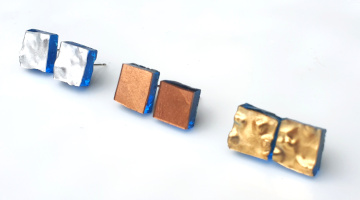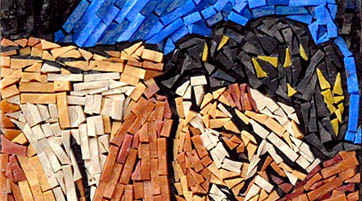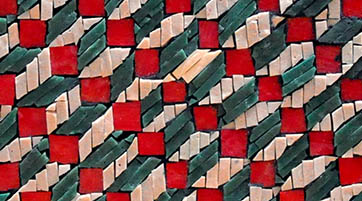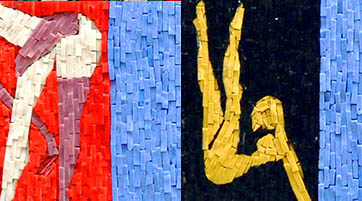Ravenna Triptych
Thinking of Ravenna the link with the Byzantine art and its fantastic mosaic is immediate. I hadn't come back to visit this place for too long and so this summer I spent a few days admiring its beauties and designs made up of thousands of small tiles, taking hundreds of photos, kidnapped by the splendor I was admiring and sure I wouldn't want to forget even a detail. My little art storytelling of this wonderful city tells about them: we do not immediately notice those patterns: they often hide themselves, you can spot them in a decorative frame on the margins, or you can be accompanied by their beauty under your feet while you head up, contemplating the starry vaults. How much poetry, and how much harmony and wonder in one place! Difficult, if not impossible to choose only three details, but I had to, remaining faithful to the project. A month of revisions and second thoughts, and in the end these three little squares are my homage to so much beauty.
The mosaic art has been one of the most representative art form in that territory that today we call Italy. Depending on the empire of the moment, influenced by Roman or Oriental style, we enjoy compositions with a growing and increasingly refined aesthetic research. Ravenna is the magical place where, from the 5th to the 6th century, these suggestions converge giving birth to something unique. Marbles, stones of various kinds, vitreous pastes (enamels) and gold tiles are of unparalleled beauty. Luminous variations decorate the architecture of the Byzantine imperial city with figurative themes that recall first the Roman motifs and then join the geometrical and floral motifs of the oriental art.
These vibrations are collected and told in the Ravenna triptych:
A detail of the lateral decorative frame of the Mausoleum of Galla Placidia, 5th century AD - blue enamels and gold tiles, Fornace Orsoni;
Floor decoration pattern of the Basilica of San Vitale, 6th century AD C. - red, green and white enamels Orsoni furnace;
Prelude to the starry sky of a lateral vault of the Baptistery of the Orthodox (also called Neonian), the oldest, mid-5th century AD Orsoni Furnace Smalti,: blue, ocher yellow, white, red.
Do you find them interesting? For any questions and curiosity, write me! To: info@mnmvenezia

